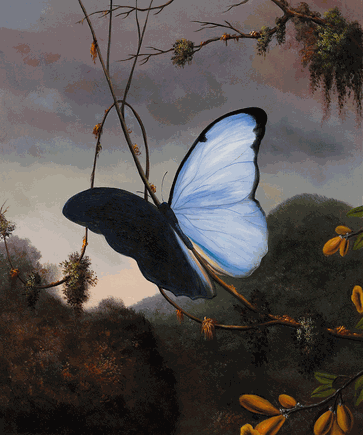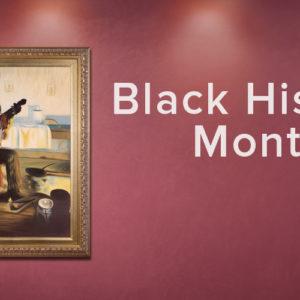Art & Decor Trends
The Symbols of Renewal, Rebirth, Resurrection and Transformation in Art
 Spring, of course, is inextricably linked with Easter and associated with resurrection. Returning every year, Spring brings new life.
Spring, of course, is inextricably linked with Easter and associated with resurrection. Returning every year, Spring brings new life.
Resurrection is not a solely Christian concept. Rather, it’s universal, found throughout all religions and in mythology – Egyptian, Greek, Roman, Hindu, and Celtic.
Rebirth and resurrection is one of the key themes in Greek mythology. Many of the gods, goddesses and heroes die (or go to the Underworld), only to be reborn through the grace, cleverness, and the bravery of others – as well as their own courage and sacrifice. One myth that ties directly into rebirth of the Earth at Spring, is the story of Persephone and Demeter – which is one of the most important myths in Greek mythology. But the body is only part of resurrection. To achieve any return to life, the soul and spirit need to return, as well. Without the soul, the resurrected body is an empty shell.
Around the world, different creatures represent resurrection, rebirth and transformation, but none more recognized than the butterfly. Symbolizing change, beauty, fragility, transformation and the soul, the butterfly is transformation personified. Just as the human cycle of birth-infancy-childhood-adolescence-adulthood-old age-death, each stage of the butterfly’s life is different, serving a separate purpose in reaching its ultimate goal. After shedding its skin as it grows, strengthening itself for its journey, the caterpillar forms a chrysalis in which its body is broken down, then reshaped and transformed into the adult body of the butterfly. As the butterfly struggles to emerge from the chrysalis, it fights for its life until finally it takes flight.
One of the most unique and beautiful of butterflies is the Blue Morpho Butterfly. Legend says that a blue butterfly – but most especially the Blue Morpho – is a wish granter, a bringer of good luck and that this messenger of spirit can reveal one’s destiny. The Blue Morpho lives in the tropical rain forests of Central and South America and is one of the largest butterflies in the world.
It was during his travels to Brazil, Nicaragua, Panama, and Colombia in which Martin Johnson Heade became enamored of the lush tropical life and subjects. His love of the tropical forever impacted his late artistic life with a vibrancy and singular focus. His painting of the Blue Morpho Butterfly is both striking and haunting. The Blue Morpho is vivid in color, yet the actual butterfly is not colored blue. Instead, the scales on top of its wings reflect blue light, making the wings shimmer with a bold, iridescent blue.
Heade’s piece is breathtaking. The butterfly’s blue wings, edged in black, are partly hidden in the shadows. This gives the feeling of an emerging soul, of an ultimate wish coming to fruition. But perhaps the person who asks for this wish is not quite ready, as the left side of the Blue Morpho is hidden. Only the shimmer of the wish – the blue reflection revealed slowly – as it peeks from under the dark shadow.
As with his butterfly, Heade seems to have a special connection to the ethereal and to eternal beauty and life. His Apple Blossoms & Hummingbirds is another example of messengers and carriers of soul. In folklore – especially Native American – the Hummingbird represents infinite joy, immortality, miracles, perseverance and achieving the impossible. Always, a Hummingbird’s wings are in motion, moving them in a figure eight infinity pattern, representing eternity. And with the unique ability to fly backwards, this freedom-loving messenger of the Divine teaches us how to look back at our past to learn for our present, while looking at our future.










